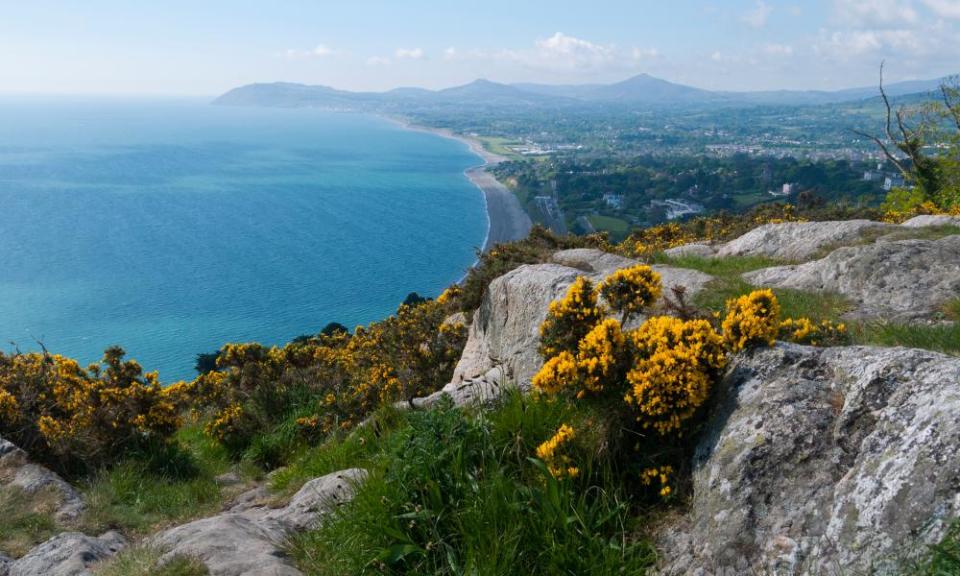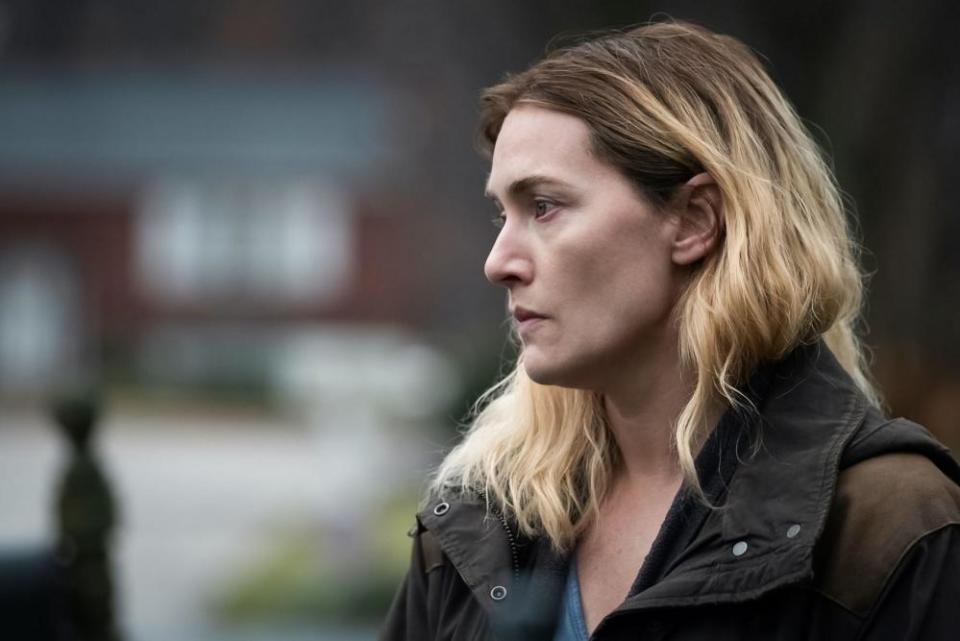On my radar: Anne Enright’s cultural highlights
Born in Dublin in 1962, Anne Enright studied English and philosophy at Trinity College Dublin and received an MA in creative writing from the University of East Anglia. Formerly an RTE television producer, she has written two collections of stories, published together as Yesterday’s Weather, one book of essays and seven novels, including the 2007 Booker prize-winning The Gathering and The Forgotten Waltz, which was awarded the Andrew Carnegie medal for excellence in fiction. In 2015, she was named the inaugural laureate for Irish fiction. Her latest novel, Actress, published by Vintage, is out in paperback now.
1. Place
Killiney Hill, near Dublin

This is my local lockdown park and it has been a kind of privilege to walk the same woodland path through the changing seasons. It turned into a series of anticipations. From first growth through to the blackening rust of autumn, each week was a peak for some absurdly beautiful effect – and you might miss it somehow. You might come just after the first spring leaves, you might miss the best autumn display. And of course you don’t miss anything – the woodland is always just what it is. Now, the gorse is finished but the hawthorn is out, a blossom whose scent makes me feel a little drunk. Next week, something new.
2. TV
Mare of Easttown (Sky Atlantic)

I was not convinced by the first few minutes of Mare of Easttown, which looked like another humourless procedural shot in the goddamn dark, but there was something so utter about Kate Winslet’s joylessness, I could not click away. It took me a while to see the thin east coast light and the texture of ordinary lives coming through. Winslet is a miracle of containment. This isn’t like watching a performance, it is like watching a woman take herself back from all the ideas we might have about her. Mare is a slow and splendid “fuck you”.
3. Music
I can’t believe how much live music I casually missed in my old life, because there would always be another gig coming along. I have never seen Lankum live, for example, which is now a top regret. They are steeped in tradition and completely contemporary. Their work is a reminder that folk music is not about twinkly-eyed peasants tapping the foot – this is fearsome stuff, it is the music of dispossession and of dissent. But you can also tap along if you like. Which, when the world comes right again, I intend to do.
4. Short stories
The End of the World Is a Cul de Sac by Louise Kennedy
I don’t want to spook the talent and Louise Kennedy may be well spooked by the enthusiasm and praise that have been lavished on her debut book of short stories (no pressure, Louise!). But there is much to celebrate when someone catches a moment, when their prose brings something both new and recognisable to the page. Kennedy has presence and that presence has been enlivening various small publications for some years now, so it is terrific to see her at full stretch in this collection. This writer does not stint.
5. Nonfiction
Brain, Mind and the Narrative Imagination by Christopher Comer and Ashley Taggart (2021)
This is a recent look by a neurologist and a literary theorist at how stories happen in the brain. You can think about thinking all you like, you can be conscious of your consciousness, or imagine what it is to imagine things, but there is nothing like an MRI scan to take you out of yourself. This hybrid volume is clear enough to be used as an overview of the issues, both philosophical and scientific, as it moves carefully through the territory of the human imagination to ask the question: “Why does a good story blow your mind?”
6. Internet
Ferns

This spring, I couldn’t stop looking at the baby fern fronds unfurling on the hill. Back home, on the internet, their wonderful symmetries starred in various YouTube discussions of fractals and Fibonacci numbers, but the curls within curls also reminded me of a bishop’s crozier and suddenly I was scrolling through various kinds of foliage in medieval manuscripts. And what a wealth of vellum there is, online. The internet is a terrible distraction but, sometimes, there is a kind of mystical, over-connected quality to it all that floats me through the day. If you don’t believe me, Google ferns.

